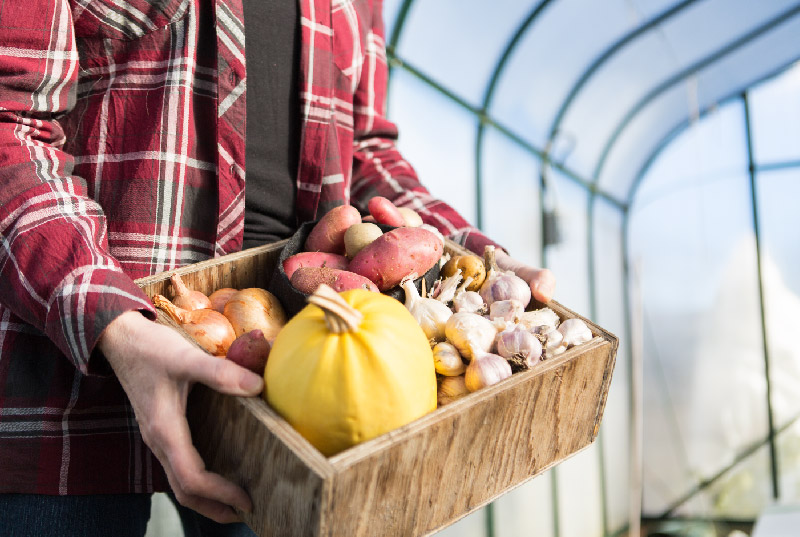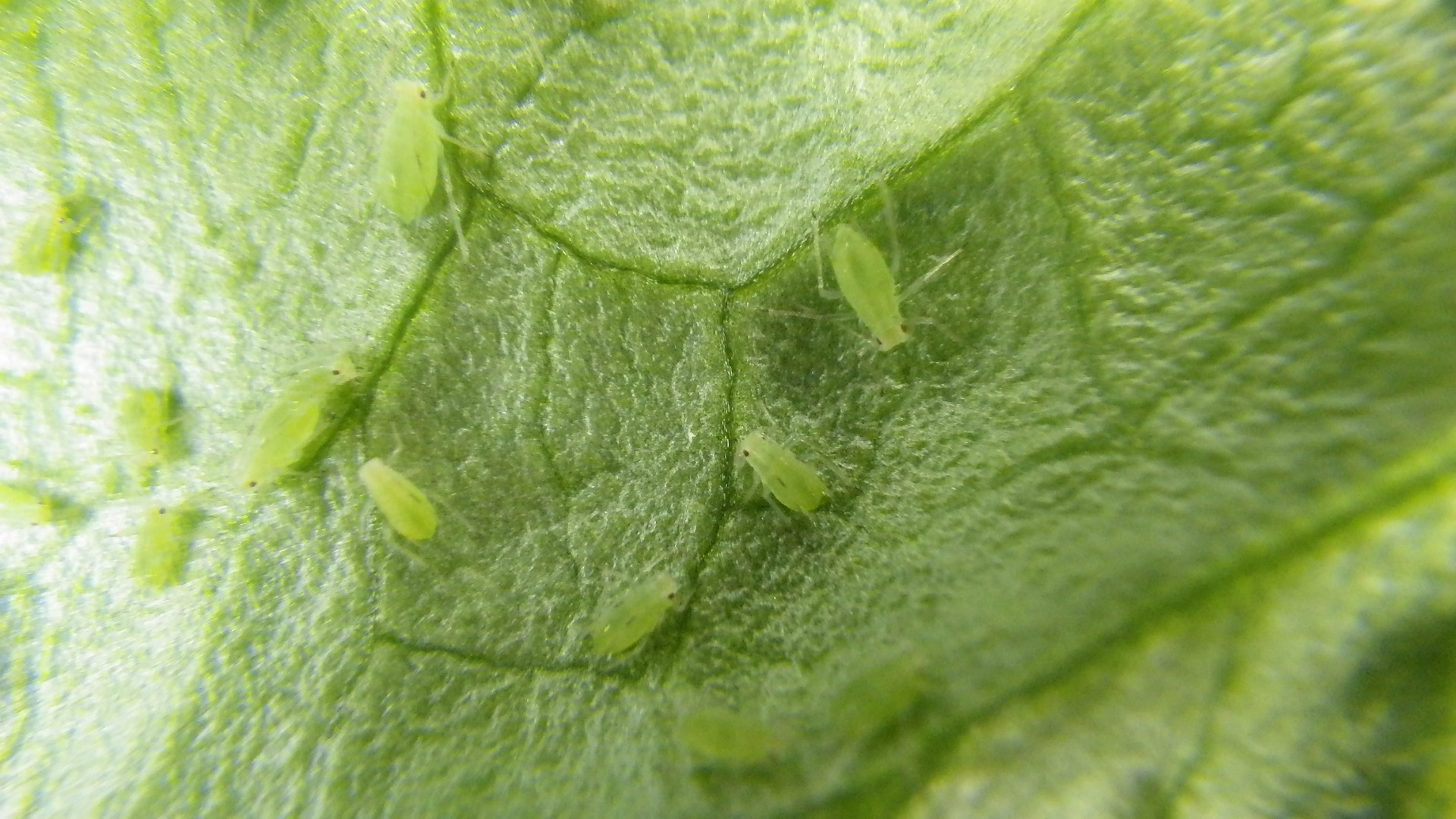
I help gardeners grow
& beginners blossom.
No seed left behind,
no soil unturned.
Together we can have lots of fun growing
great gardens using simple practical tips.
- Featured in -





Start saving & storing your garden seeds for a more more sustainable future
SIGN UP to get the FREE Seed packet PDF
X CLOSE

What Price Organic? Beneficial Bugs in my Greenhouse
I had a few aphid skeletons in my closet. Well in my greenhouse actually. These are the little white skins shed from aphids as they grow. They are more obvious than the aphids themselves. It’s all my fault really because I had a big plan to bring in some strawberries from my garden last fall and keep them alive in my greenhouse so that when they started growing I would have the first crop of aphids – oops I meant strawberries.
If you have purchased organic strawberries you know how expensive they are. I am not just worried about the cost, I want something delicious and – well- I guess i am a bit competitive. I wanted my own strawberries as early as possible. And I wanted them organic.

The tiny white flecks on the strawberry leaves are actually aphid “skins”. The cost of biological controls was prohibitive so I am asking myself whether I want to wash the leaves again or rip them out.
I had seen a few black flying aphids in the greenhouse recently and decided to add a yellow sticky trap. The traps work by attracting all insects to their ultraviolet – emitting surface. This is an invisible colour to the human eye- but when the interested insect lands it gets stuck on the tacky sticky trap. I trapped 4 adults before I turned over a lettuce leaf below the trap to see my first fully fleshed out aphids. You’ll have to look closely – they are green and so is the leaf.

Under my strawberry plants, my crop of lettuce also had a fair crop of aphids (look just right of my thumb). I could use various approaches such as washing the leaves, but I chose to pull up mature affected plants before the new lettuce seedlings I planted are affected.
By themselves, aphids don’t cause a lot of harm. You can still wash and eat the lettuce. The lettuce won’t die from the sap-sucking aphids and they won’t look too bad either. They do provide a nice soft surface and a cozy home for the aphids though so I am not wanting to encourage them. I called immediately to order bugs to cure the problem. I was able to determine the best cure right now is a combination of the small insect Aphidius colemanii and Aphidius ervi – the combo pack of aphid parasites. So far so good. And then I got the price…. $169.00 for a one-time treatment – probably with repeats needed in a week or two.

The yellow sticky traps only caught one aphid last week but this morning there ware aphids and fungus gnats on the trap (one on the other side) so I started to get worried and look closer for the wingless aphids and found them on the lettuce below. These winged bugs now trapped on my yellow sticky trap were looking to spread out the colony – establish on new plants and create havoc in my otherwise peaceful place.
Well – the sticky traps were just over $10.00 so together with the beneficial (i.e. good) bugs (Aphidius) purchase to kill my aphids plus tax the cost for protecting my dozen strawberry plants came to almost $200.00. I couldn’t do it. We are talking about a cost of $20.00 per plant for protection for one week. That has the mafia looking cheap by comparison. So I decided to buy Safer’s insecticidal soap.
I’ve never really used it, preferring to simply wash the leaves or destroy the affected crop. Trouble is the sales clerk at the garden centre wouldn’t sell the Safer’s soap to me. Okay she would have sold it but she repeated twice as I chose the product and arrived at the till that this soap never works for her. “I use canola oil and a drop of soap and it works better” – she repeated twice. I am thick and stubborn but suddenly I decided not to pay the $17.99 for the soap. “Will olive oil work? ” I asked as I left the Safer’s at the till. “Don’t see why not” came the reply. So here i am finishing up this blog entry so I can get outside before dark to pick the decent sized lettuce for supper and spray the strawberries with soap and oil (1 teaspoon oil mixed in one litre water with a drop of dish soap). Watch and read here for updates or send me a note if you have dealt with aphids on food crops in other ways.
Sometimes organic comes at a high price and sometimes it is almost free. You just have to pick your battles, and if in doubt, eat the affected plants before the problem spreads.
UPDATE: After the soap failed to provide a permanent solution, I found some cheaper beneficial bugs through Applied Bionomics in Victoria. They raise their own insects instead of importing them so they were closer to 25 dollars instead of 200. I decided I also need to order the fungus gnat predator so i got that too, Yay bugs! I also ordered Lacewings and now I can’t spray with soap and oil because it might kill my designer bugs. Oh the headaches of being an organic gardener. There is now a ban on soaps of all kinds. We need to protect the good bugs at all costs!

Lacewings eat aphids and other soft bodied insects. Photo by Joan Altenhof
What Would Donna Do?
Get my growing and gardening tips and pointers throughout the season.
















0 Comments